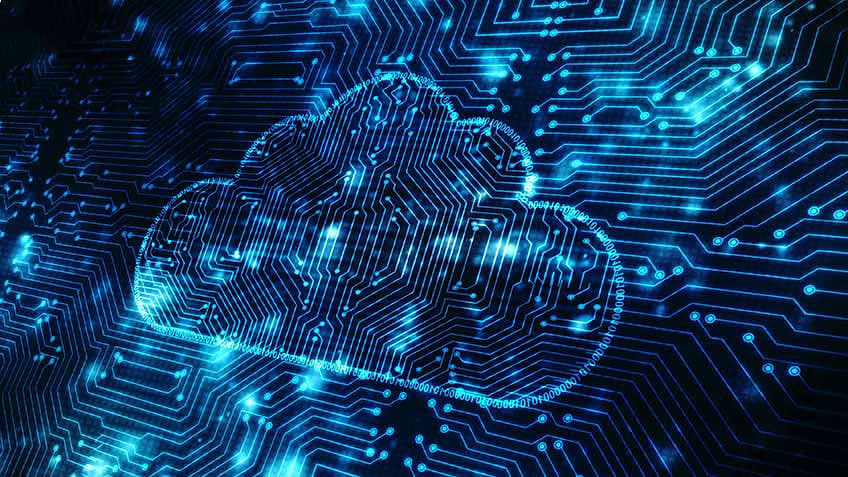
Cloud computing and edge computing are different from each other but serve as major breakthroughs when it comes to the storage, processing, and delivery of the data. They are distinct technologies, however, their integration enables the development of more effective and scalable systems.
Cloud computing is a practice that enables the delivery of a multitude of computer services such as databases, softwares, servers, and storage anywhere over the Internet. Access to shared resources is on-demand which allows businesses to increase and decrease their resources without the need of buying physical infrastructure. Some of the largest companies in the world, including Microsoft Azure, Amazon Web Services (AWS), and Google Cloud offer IaaS, PaaS and SaaS which place them at the top of the market. Furthermore, cloud computing is perfect for applications that involve: computational intensity, data processing, and big data.
Contrarily, edge computing entails the process of moving computation and storage of data closer to sensors, IoT devices, or other endpoints that generate data. Doing so helps improve real-time processing, saves bandwidth, and reduces latency. In addition, edge computing is essential for instant response applications such as smart cities, autonomous vehicles, and industrial automation. For instance, in a smart factory edge devices have the ability to locally process sensor data.
